

Articles
How To Tell If Halogen Bulb Is Burned Out
Modified: May 6, 2024
Learn how to easily identify if your halogen bulb is burned out with this informative article. Find out the signs to look for and what to do next.
(Many of the links in this article redirect to a specific reviewed product. Your purchase of these products through affiliate links helps to generate commission for Storables.com, at no extra cost. Learn more)
Introduction
Welcome to our guide on how to tell if a halogen bulb is burned out. Halogen bulbs are commonly used in various lighting applications, from residential homes to commercial spaces. These bulbs provide bright, focused light and have a longer lifespan compared to traditional incandescent bulbs. However, like any other type of bulb, halogen bulbs can eventually burn out and need replacement.
Knowing how to identify a burned-out halogen bulb is essential, as it allows you to address the issue promptly and ensure proper lighting in your space. In this article, we will explore the signs of a burned-out halogen bulb and guide you through the process of observing, inspecting, and replacing the bulb.
Whether you have halogen bulbs in your ceiling fixtures, track lighting, or even your car headlights, this comprehensive guide will help you determine if your halogen bulb is indeed burned out, enabling you to take the necessary steps to restore proper lighting.
So, let’s dive in and learn how to identify a burned-out halogen bulb.
Key Takeaways:
- Identifying a burned-out halogen bulb is crucial for maintaining proper lighting. Look for signs like no light, dim/flickering light, discolored glass, shattered bulb, or burning smell to determine if replacement is needed.
- Observing, inspecting, and testing a halogen bulb’s functionality can help confirm if it’s burned out. Use a multimeter to test resistance and follow safety precautions when replacing the bulb to ensure proper lighting.
Understanding Halogen Bulbs
Before we delve into identifying burned-out halogen bulbs, it’s important to have a basic understanding of how these bulbs work. Halogen bulbs are a type of incandescent bulb that contains a halogen gas, typically a mixture of bromine or iodine.
These bulbs work by passing an electric current through a tungsten filament, which is enclosed within a small bulb filled with the halogen gas. The halogen gas interacts with the tungsten vapor that evaporates from the filament, preventing it from depositing on the inside of the bulb and causing it to deteriorate quickly. This process increases the lifespan of the bulb compared to traditional incandescent bulbs.
Halogen bulbs emit a bright, white light that closely resembles natural daylight. They are known for their high color temperature, which makes them ideal for tasks that require precise visibility, such as reading, cooking, or working on projects. The focused beam of light produced by a halogen bulb is another reason they are popular in track lighting and spotlights.
It is important to note that halogen bulbs operate at high temperatures, so they must be handled with care. Avoid touching the bulb with bare hands as the natural oils from your skin can cause the bulb to heat unevenly and reduce its lifespan.
Now that we have a better understanding of how halogen bulbs function, let’s move on to the signs that indicate a burned-out halogen bulb.
Signs of a Burned Out Halogen Bulb
When a halogen bulb burns out, there are several signs that you can look for to determine if it needs to be replaced. Here are some common indicators that a halogen bulb is burned out:
- No light: The most obvious sign of a burned-out halogen bulb is that it no longer emits any light. If you turn on the light fixture or switch and there is no illumination, there is a high chance that the bulb needs to be replaced.
- Dim or flickering light: Sometimes, a burned-out halogen bulb may still emit a dim or flickering light. If you notice a significant decrease in brightness or the light flickers inconsistently, this could indicate that the bulb is near the end of its lifespan.
- Discolored glass: Another visual clue of a burned-out halogen bulb is a discolored glass envelope. If the glass appears blackened or discolored, it is likely that the bulb has reached the end of its life.
- Bulb is shattered: In some cases, a halogen bulb may be visibly shattered, which is a clear sign that it needs to be replaced. This can occur due to excessive heat or accidental impact.
- Burning smell or smoke: If you detect a burning smell or see smoke coming from the bulb, immediately turn off the power and safely dispose of the bulb. This indicates a severe problem, and the bulb should not be used anymore.
It’s important to remember that these signs may vary depending on the specific make and model of the halogen bulb. Always refer to the manufacturer’s guidelines and instructions for accurate information.
Next, let’s explore how you can inspect and observe the halogen bulb to confirm if it is indeed burned out.
How to Observe and Inspect the Bulb
Observing and inspecting the halogen bulb can help confirm whether it is burned out or not. Follow these steps to accurately assess the condition of the bulb:
- Turn off the power: Before inspecting the bulb, always make sure to turn off the power to the light fixture. This will prevent any electrical accidents or injuries.
- Allow the bulb to cool: Halogen bulbs can become very hot during operation. Wait for the bulb to cool down before attempting to touch or remove it.
- Visually examine the bulb: Carefully inspect the bulb for any visible signs of damage or discoloration. Look for blackened areas, cracks, or shattered glass. A burned-out halogen bulb may also have a darkened filament or a broken filament connection.
- Check the filament: If possible, gently rotate the bulb and examine the filament inside. The filament should appear intact, without any breaks or irregularities. If the filament is visibly damaged or broken, it indicates a burned-out bulb.
- Compare with a known working bulb: If you have another working halogen bulb of the same type, you can compare it with the one in question. Install the working bulb in the fixture and see if it emits light. If the working bulb illuminates while the other bulb remains dark, it confirms that the original bulb is burned out.
Remember to exercise caution while handling the bulb, especially if you need to remove it for further inspection. Use gloves or a clean cloth to protect your hands and avoid direct contact with the bulb.
Now that you know how to observe and inspect the halogen bulb, let’s explore how to test it using a multimeter.
Check for a darkened or blackened bulb filament, a broken filament, or a discolored bulb. If any of these signs are present, the halogen bulb is likely burned out.
Testing the Bulb with a Multimeter
If you have a multimeter available, you can use it to test the functionality of a halogen bulb. Here are the steps to follow:
- Turn off the power: Before conducting any tests, ensure that the power to the light fixture is turned off to avoid any electrical accidents.
- Set the multimeter: Set your multimeter to the resistance (ohm) setting. If your multimeter has multiple resistance ranges, select the highest range available.
- Probe the contacts: Gently insert one probe of the multimeter into the base or socket contact of the halogen bulb. Touch the other probe to the center contact of the bulb.
- Observe the reading: The multimeter should display a resistance reading. A reading close to zero indicates a functioning bulb, while an infinite or extremely high resistance reading signifies a burned-out bulb.
- Verify with a known working bulb: To confirm the accuracy of the test, repeat the measurement using a known working halogen bulb. The multimeter should display a low resistance reading for the working bulb.
It’s worth noting that not all multimeters have the capability to test halogen bulbs. Make sure your multimeter can measure resistance before attempting this test.
If the multimeter test confirms that the bulb is burned out, it’s time to replace it with a new one. Let’s explore the steps to replace a burned-out halogen bulb in the next section.
Read more: How To Tell If Something Is Freezer Burned
Replacing a Burned Out Halogen Bulb
Replacing a burned-out halogen bulb is a straightforward process that can be done by following these steps:
- Turn off the power: As always, ensure that the power to the light fixture is turned off before attempting any bulb replacement.
- Allow the bulb to cool: Halogen bulbs can become hot during operation. Allow the bulb to cool down completely before attempting to handle it.
- Remove the old bulb: Carefully grip the bulb base and gently twist it counterclockwise to remove it from the socket. Be cautious not to exert too much force or twist it too hard, as this can damage the bulb or socket.
- Dispose of the old bulb: Properly dispose of the burned-out halogen bulb. Check your local regulations for the appropriate method of disposal, as halogen bulbs may contain hazardous materials.
- Insert the new bulb: Take the new halogen bulb and align the pins or base with the socket. Insert the bulb into the socket and twist it clockwise until it is securely in place.
- Test the new bulb: Once the bulb is installed, turn on the power to the light fixture and verify that the new bulb illuminates correctly.
- Consider safety precautions: When replacing halogen bulbs, it is important to handle them with care. Avoid touching the glass envelope with bare hands, as this can leave behind oils that can cause the bulb to heat unevenly and shorten its lifespan. If necessary, use gloves or a clean cloth to handle the bulb.
Remember, always refer to the manufacturer’s instructions and guidelines for specific details on how to install and replace halogen bulbs, as different models may have slight variations in the replacement process.
Congratulations! You have successfully replaced the burned-out halogen bulb and restored proper lighting in your space.
Conclusion
In conclusion, being able to identify a burned-out halogen bulb is essential for maintaining proper lighting in your home or workspace. By learning the signs and conducting simple observations and tests, you can easily determine if a halogen bulb needs to be replaced.
We explored the various indicators of a burned-out halogen bulb, such as no light, dim or flickering light, discolored glass, a shattered bulb, or the presence of a burning smell or smoke. These signs can help you quickly identify when it’s time for a replacement.
Additionally, we discussed how to observe and inspect the bulb, checking for visible damage, filament integrity, and comparing with a known working bulb. These steps ensure a thorough examination of the bulb’s condition.
If you have access to a multimeter, we provided instructions on how to test a halogen bulb’s functionality. This is especially helpful for confirming your observations and determining if the bulb is indeed burned out.
Finally, we covered the process of replacing a burned-out halogen bulb, emphasizing safety precautions and proper disposal of old bulbs.
By following these guidelines, you can easily identify, replace, and enjoy the benefits of a fully functioning halogen bulb, bringing bright, focused light to your space.
Thank you for reading our comprehensive guide on how to tell if a halogen bulb is burned out. We hope this article has been informative and helpful in assisting you with your lighting needs.
Now that you know how to deal with a burned-out halogen bulb, why not brighten your space even more? For those looking to add a touch of elegance, our article on stylish LED mirrors offers great options for enhancing your lighting. If you're keen on keeping your living area in top shape, our piece on essential home maintenance is a must-read. Plus, find the perfect ambiance with our selection of versatile light fixtures suited for any mood.
Frequently Asked Questions about How To Tell If Halogen Bulb Is Burned Out
Was this page helpful?
At Storables.com, we guarantee accurate and reliable information. Our content, validated by Expert Board Contributors, is crafted following stringent Editorial Policies. We're committed to providing you with well-researched, expert-backed insights for all your informational needs.
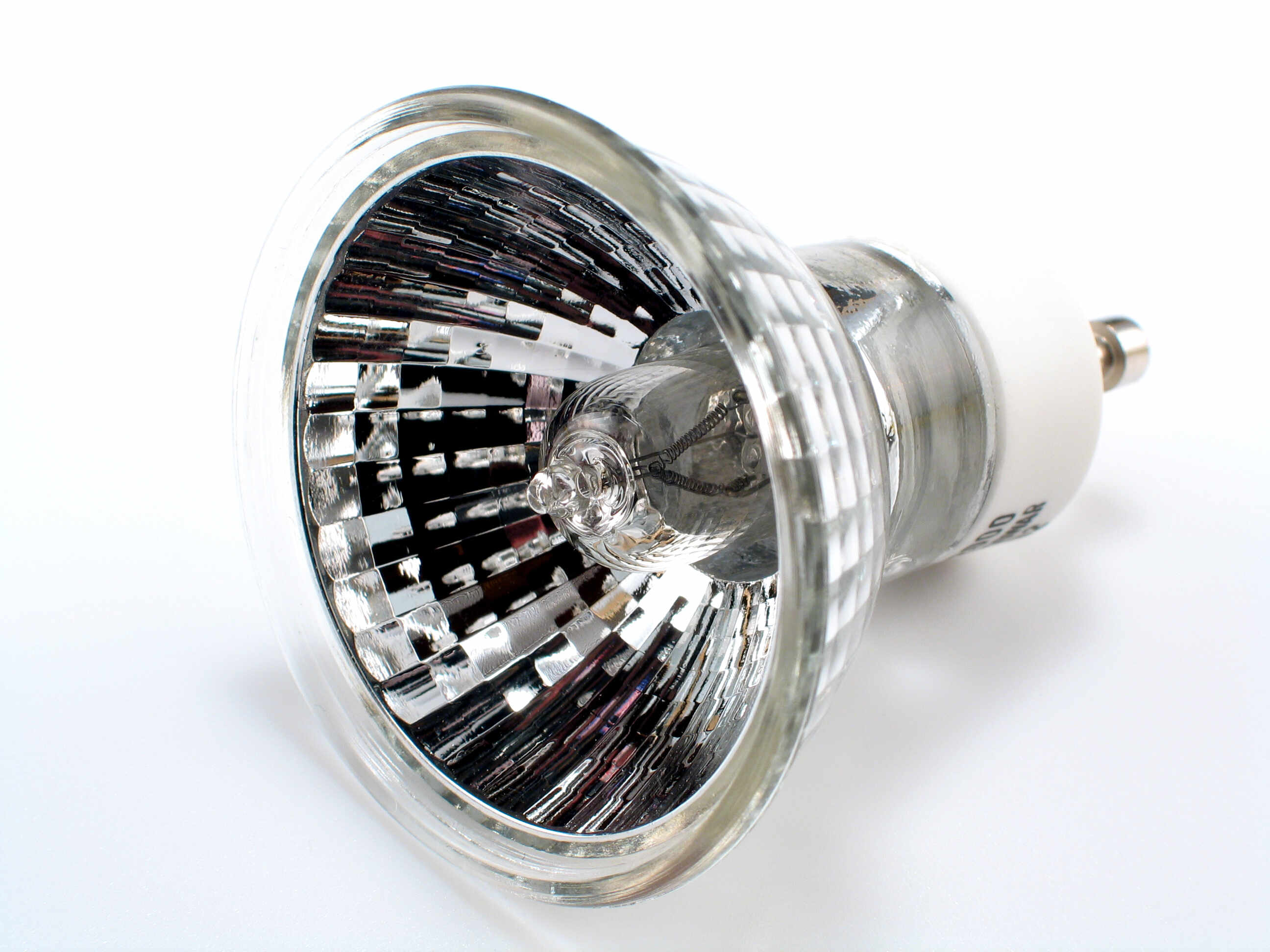
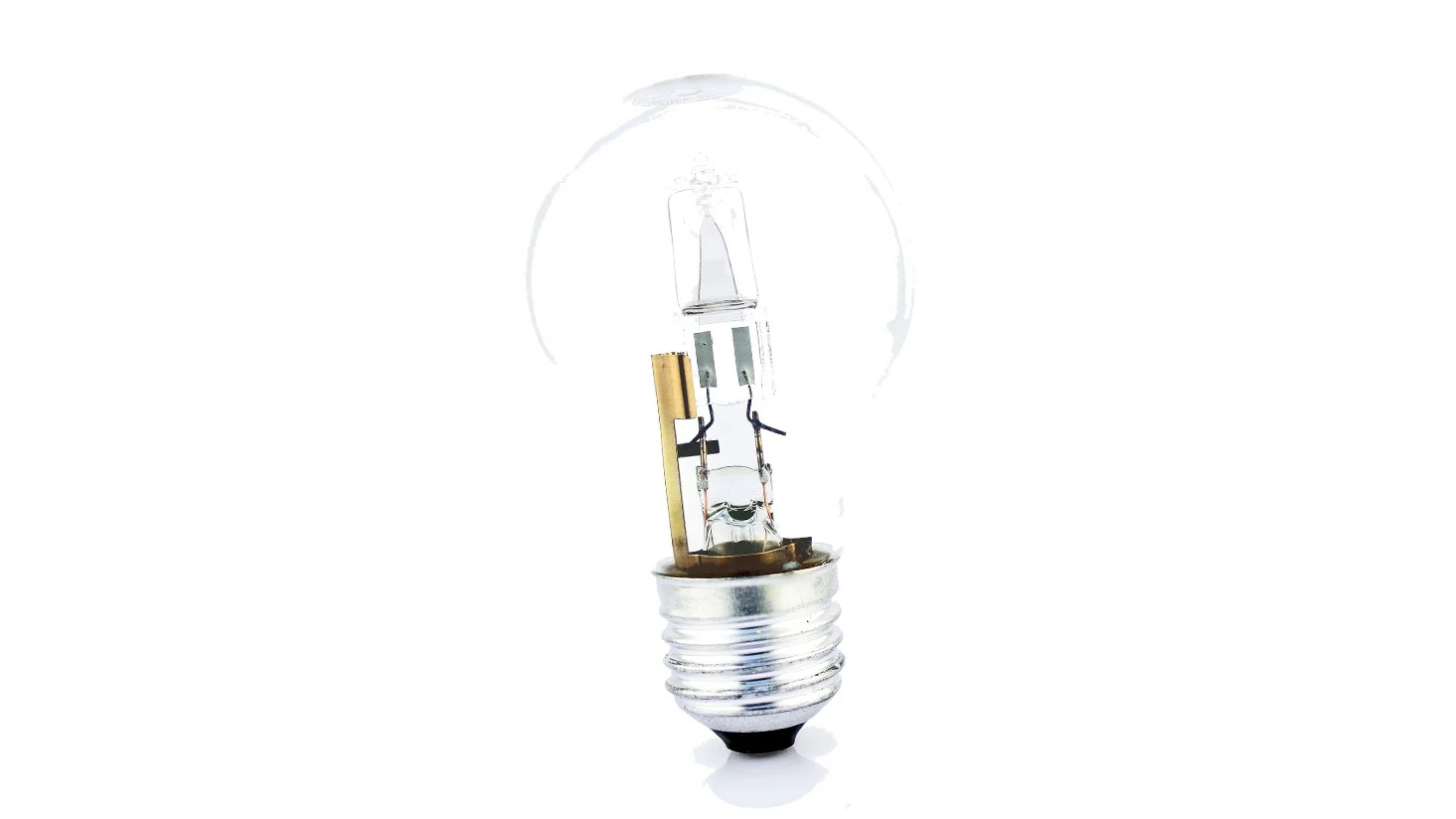
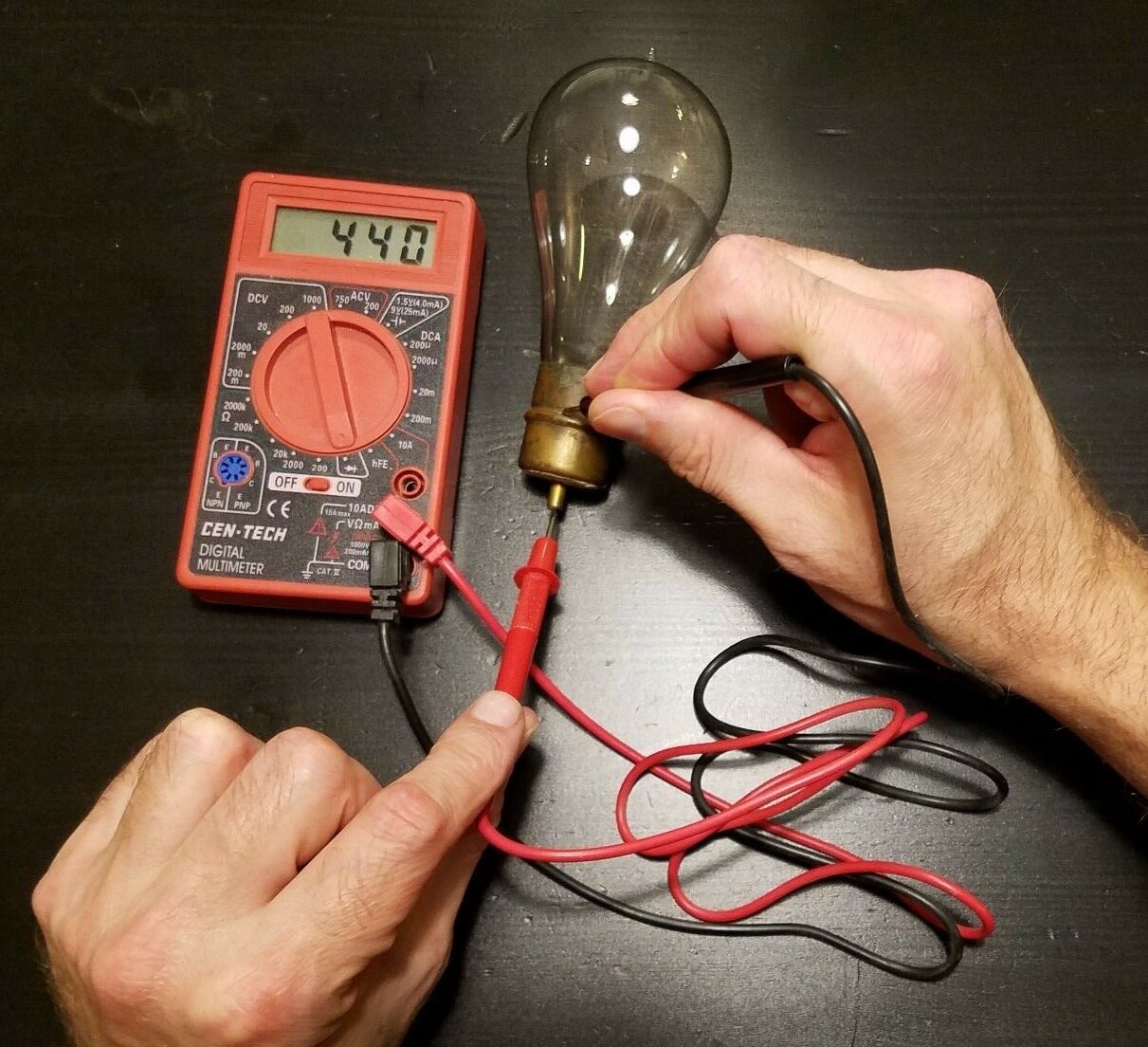
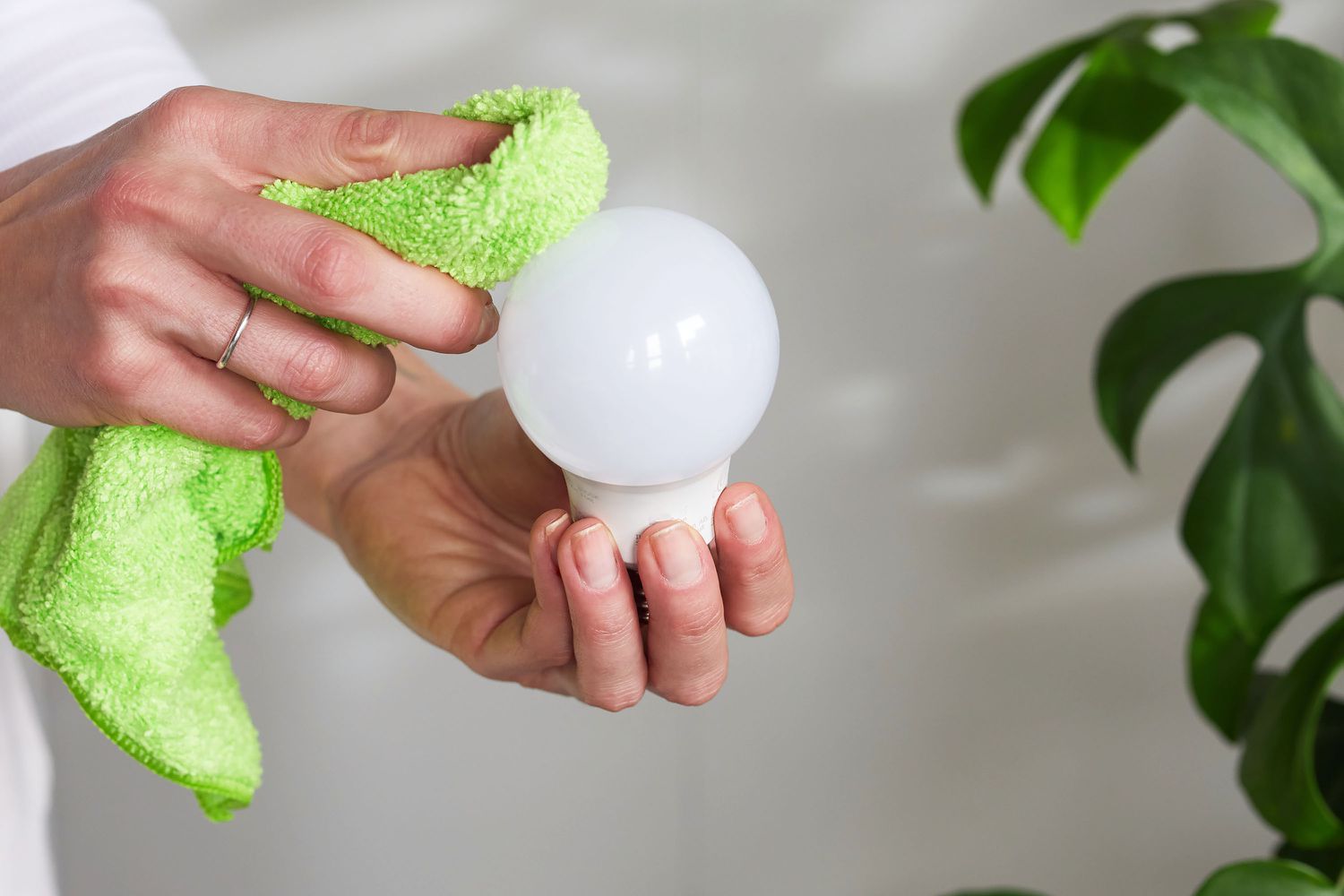
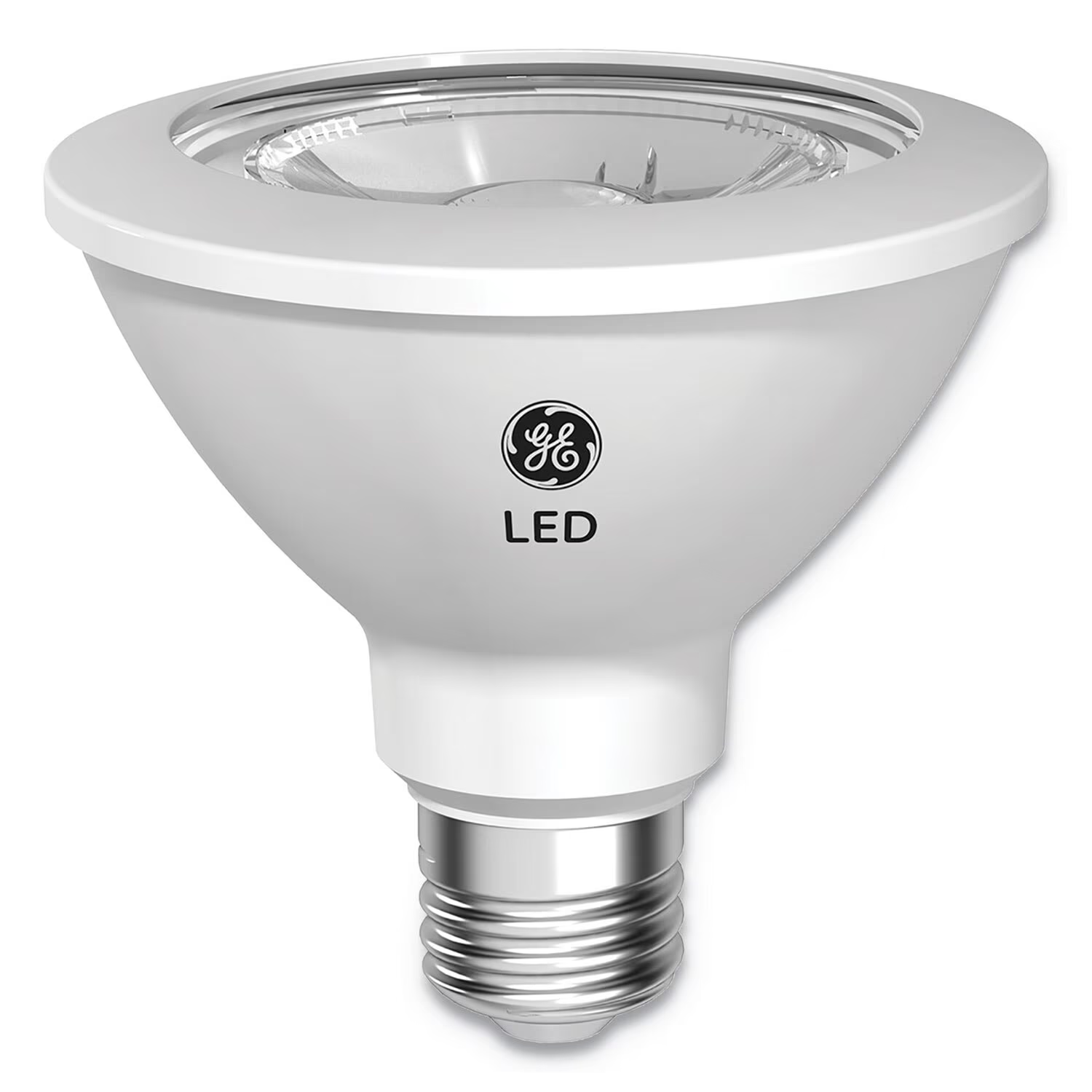
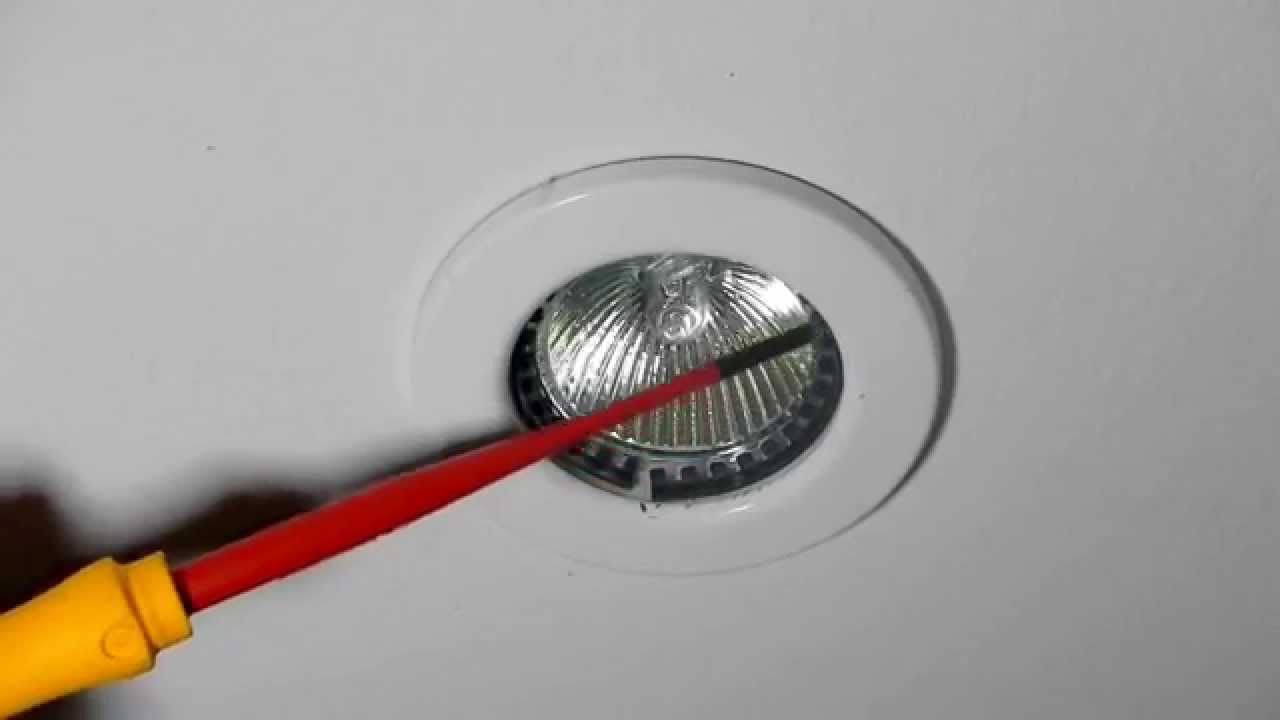
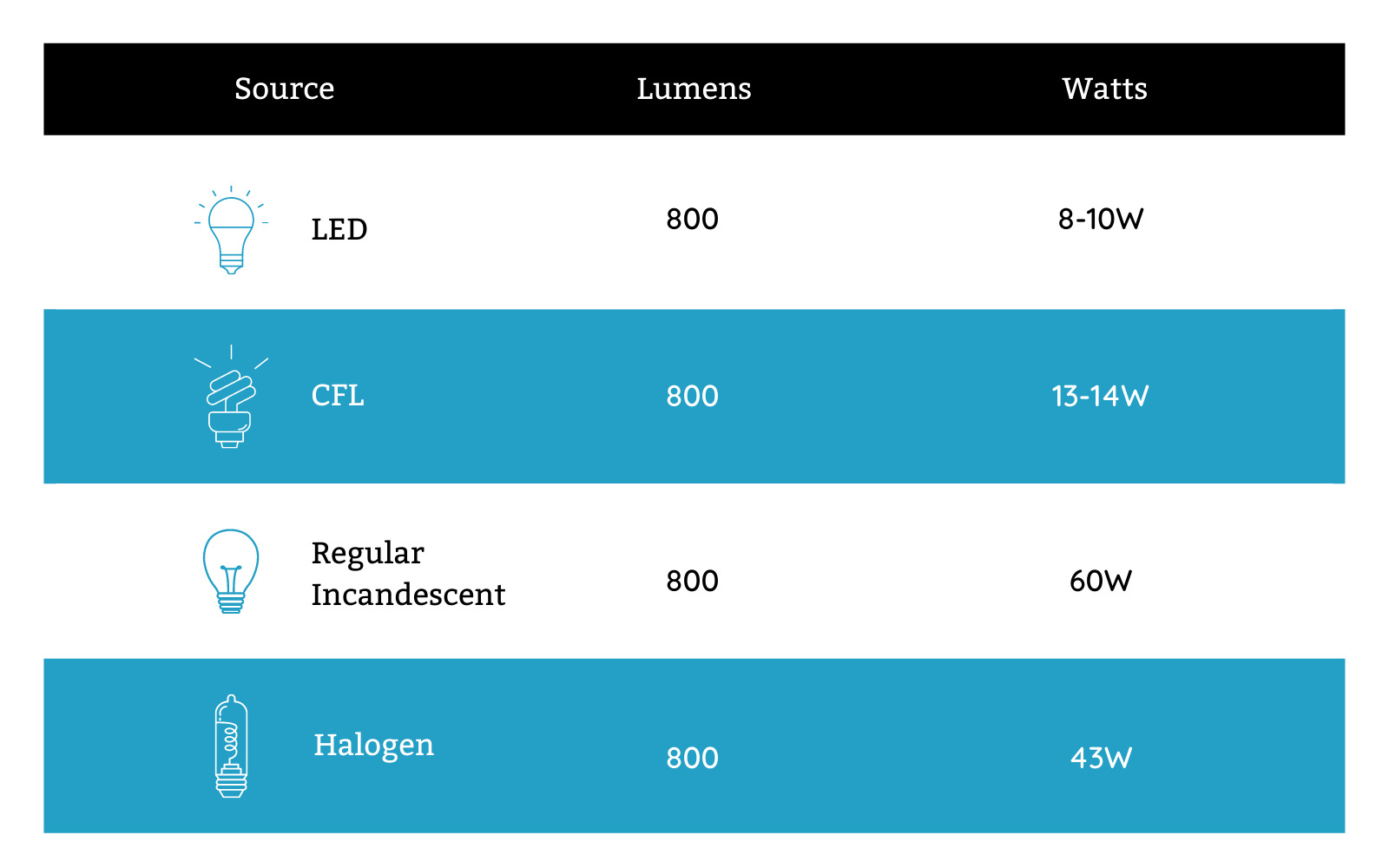
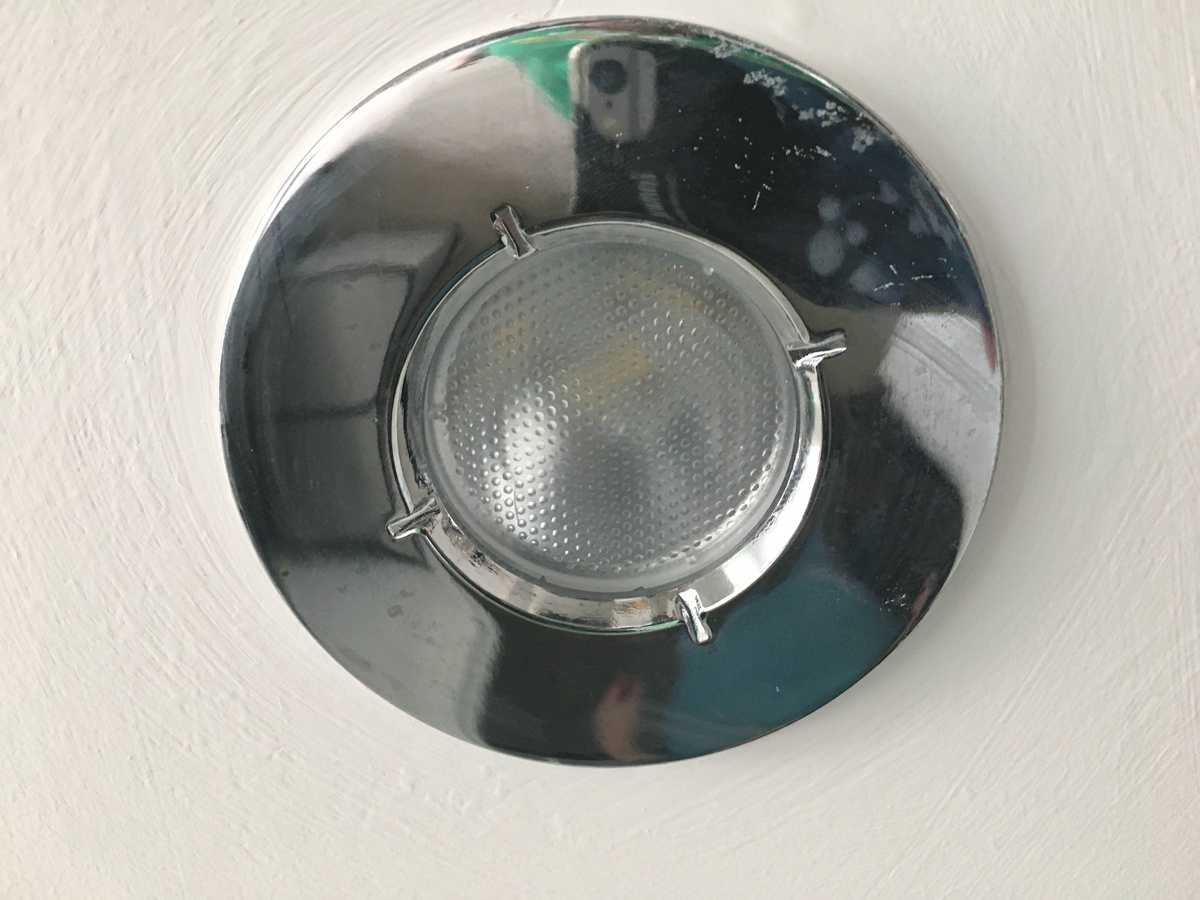
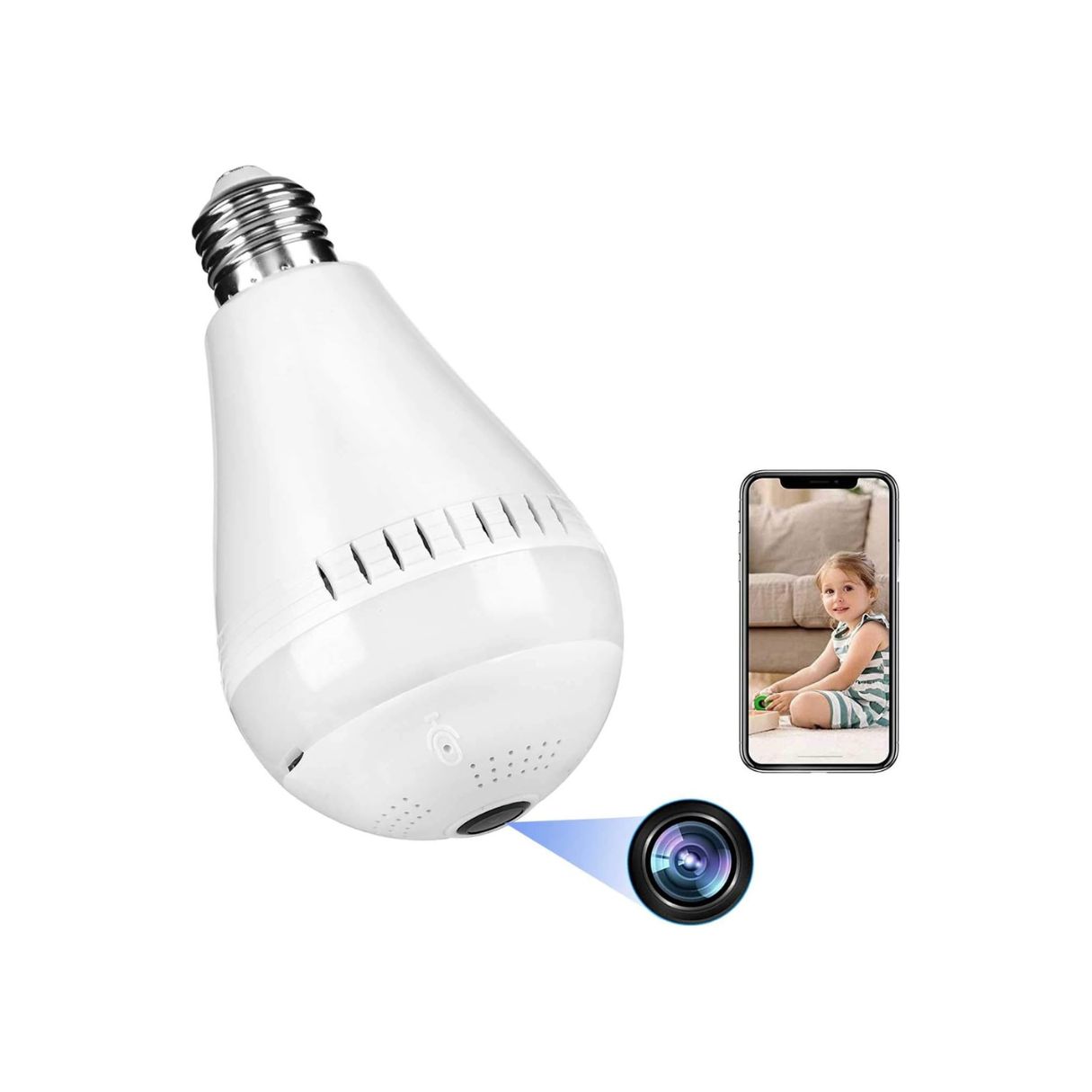
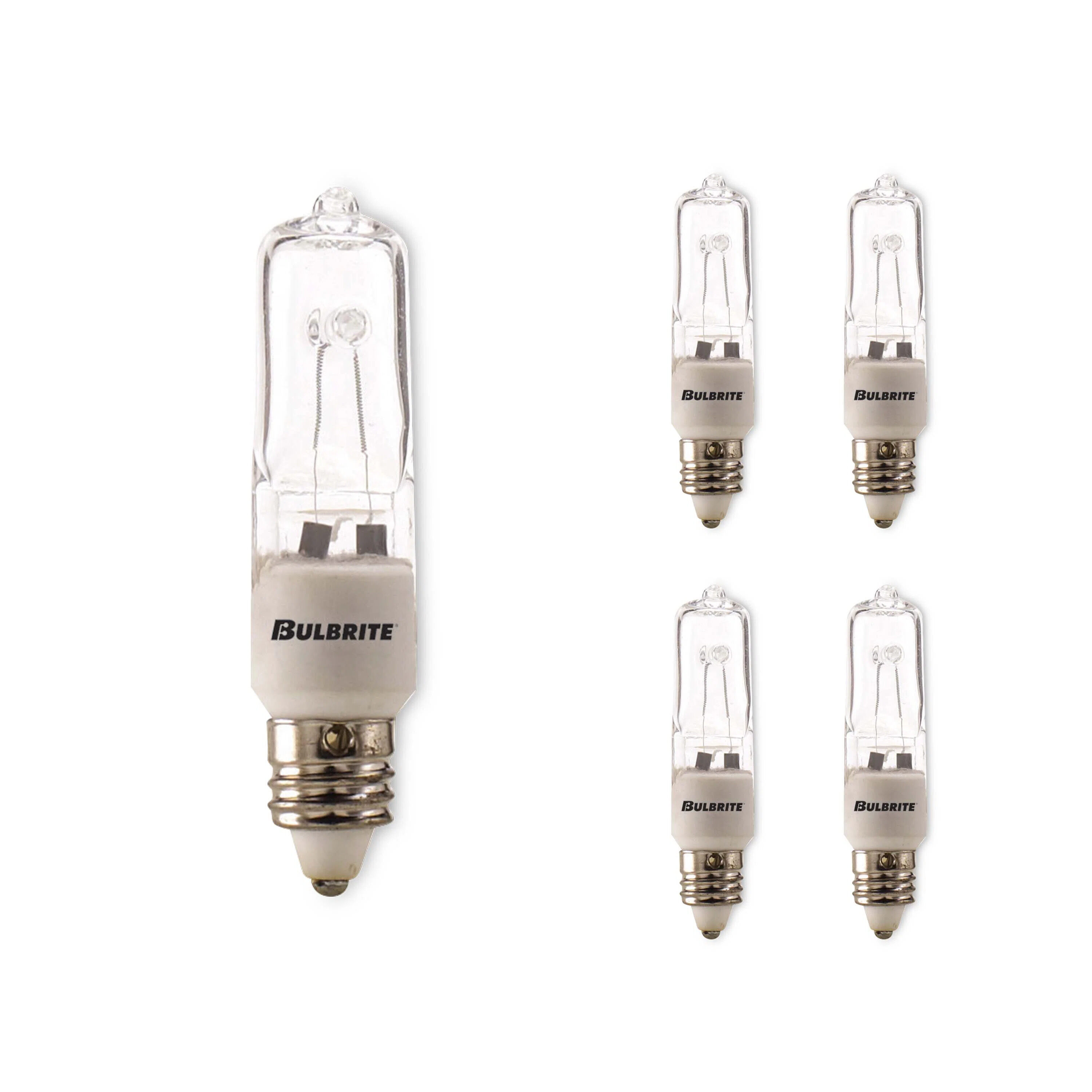
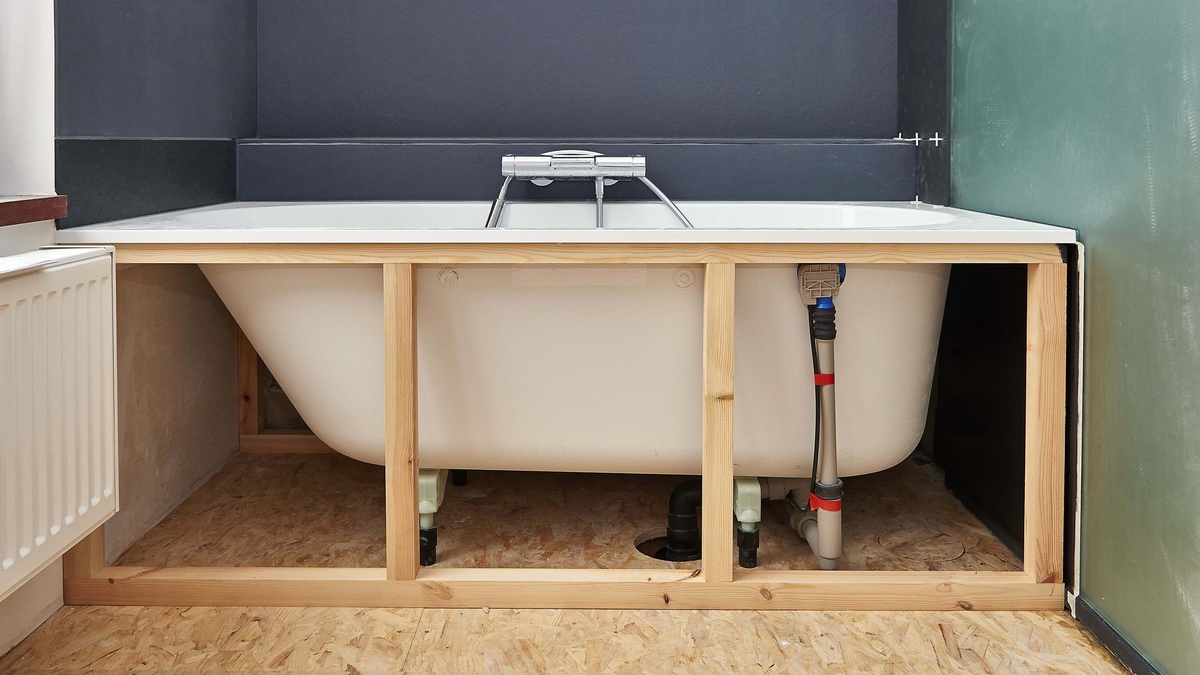
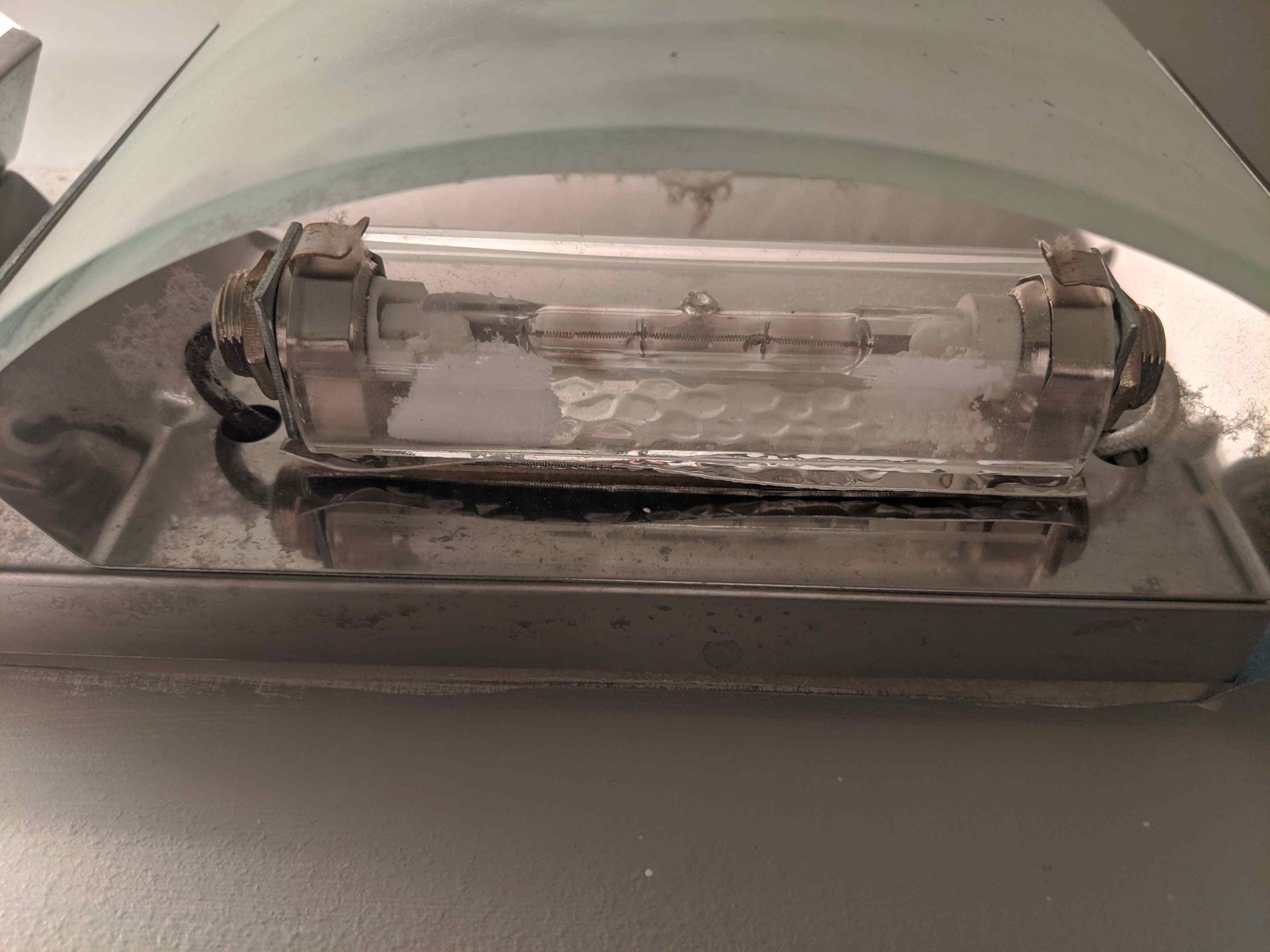
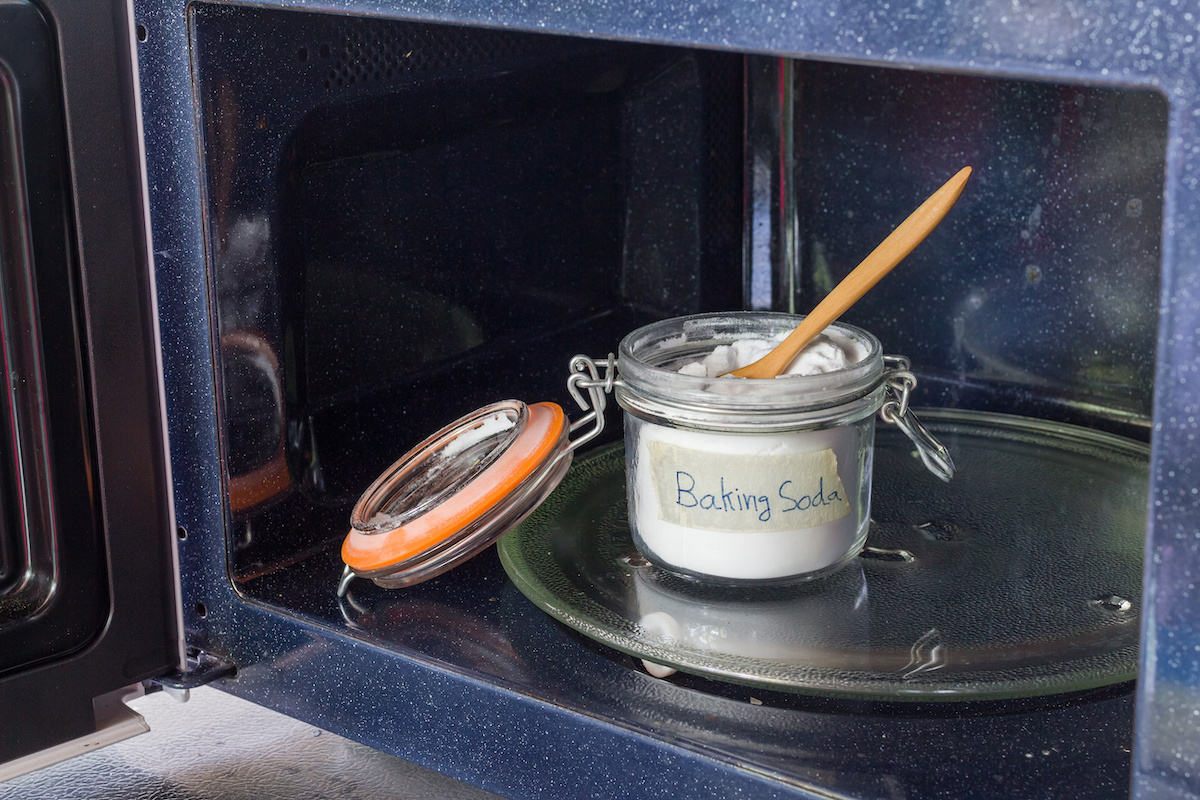
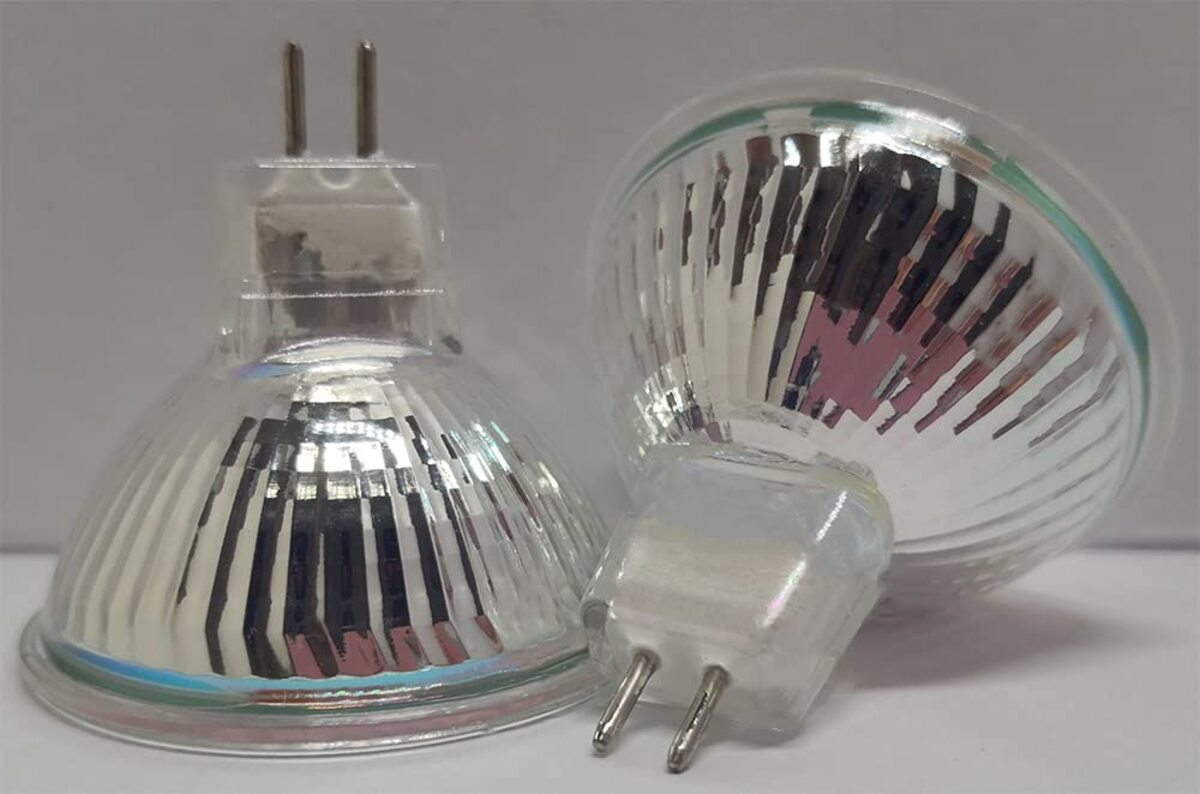

0 thoughts on “How To Tell If Halogen Bulb Is Burned Out”